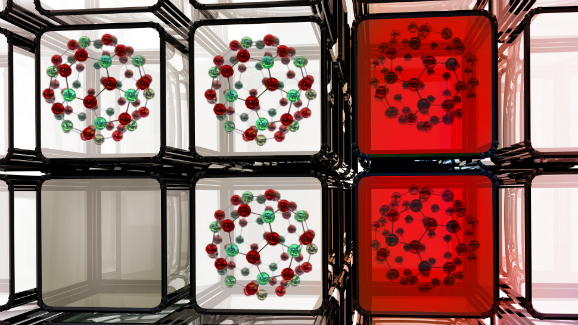Researchers Turn Cement Into A Liquid Metal And Glass Hybrid
This article is more than 2 years old

An international team of scientists and researchers at the Argonne National Laboratory in Chicago, Illinois has discovered a major breakthrough in semi-conductor metal technology. They have, for the first time, successfully found a way to transform cement into liquid metal — or a metal and glass hybrid — through a process of aerodynamic levitator heating. As if that isn’t cool enough, the process also uses lasers!!
The process involves suspending mayenite, a rare calcium aluminum oxide mineral, using an aerodynamic levitator, then melting it with a laser. They were able to increase the temperature of the material to a whopping 2,000 degrees Celsius (about 3,632 Fahrenheit). Since the material is suspended and not touching any of the container’s surfaces, it cools into a glasslike state, rather than crystallizing. This allows them to pump out inert gas to separate the mayenite, thus creating new oxygen bonds.
The international research team found out that when conductivity was created within the levitated cement, free electrons became “trapped” in the structure that formed glass. They realized that the trapped electrons provided a mechanism for conductivity that is very similar to the same process in heavy metals.
The final product was a strange semi-conductive material hybrid of glass and metal, which is better resistant to corrosion than metal and less fragile than glass. U.S. Department of Energy physicist Chris Benmore says, “This new material has lots of applications, including as thin-film resistors used in liquid-crystal displays, basically the flat panel computer monitor that you are probably reading this from at the moment.”












